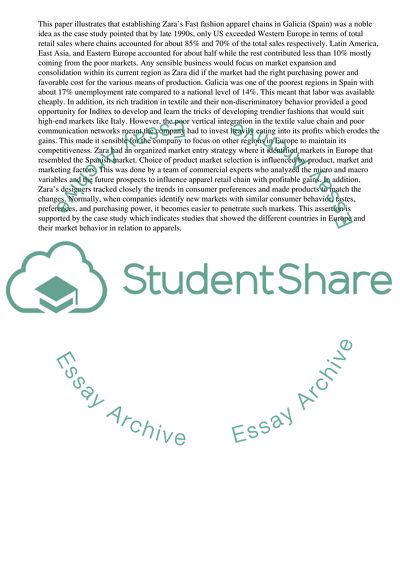Cite this document
(“Zaras Business Model Case Study Example | Topics and Well Written Essays - 1250 words - 1”, n.d.)
Zaras Business Model Case Study Example | Topics and Well Written Essays - 1250 words - 1. Retrieved from https://studentshare.org/business/1468929-case-study-analysis
Zaras Business Model Case Study Example | Topics and Well Written Essays - 1250 words - 1. Retrieved from https://studentshare.org/business/1468929-case-study-analysis
(Zaras Business Model Case Study Example | Topics and Well Written Essays - 1250 Words - 1)
Zaras Business Model Case Study Example | Topics and Well Written Essays - 1250 Words - 1. https://studentshare.org/business/1468929-case-study-analysis.
Zaras Business Model Case Study Example | Topics and Well Written Essays - 1250 Words - 1. https://studentshare.org/business/1468929-case-study-analysis.
“Zaras Business Model Case Study Example | Topics and Well Written Essays - 1250 Words - 1”, n.d. https://studentshare.org/business/1468929-case-study-analysis.


